Introduction
Lead weights are commonly used in various applications, from fishing and hunting to industrial uses. However, due to the toxic nature of lead, many countries have implemented strict regulations to control its use and ensure public safety. This blog explores the different regulations on lead fishing weights across several countries.
Why Are Lead Fishing Weights Banned?

Lead fishing weights are banned in many places, including the US, UK, Australia and etc., due to their harmful environmental and health impacts. Here are the primary reasons behind this ban:
- Wildlife Poisoning: Lead is toxic to wildlife, particularly waterfowl such as swans and ducks. When birds ingest lead weights or fragments of lead tackle, it can lead to lead poisoning, causing severe health issues or death. This has been a significant concern for conservationists and environmentalists.
- Bioaccumulation: Lead does not break down easily in the environment. It can accumulate in water bodies and soil, leading to long-term contamination. This bioaccumulation can affect various species in the ecosystem, not just birds but also fish and other wildlife that come into contact with lead.
- Human Health Risks: While the primary focus is on wildlife, there are also concerns about the potential human health risks associated with lead exposure. People who consume fish from contaminated waters could be at risk if they ingest lead particles.
- Environmental Impact: Lead pollution can have broader environmental implications, affecting water quality and potentially harming other aquatic life forms. Reducing lead pollution helps maintain healthier ecosystems.
- Availability of Alternatives: There are numerous non-toxic alternatives to lead fishing weights, such as those made from tungsten, bismuth, or tin-based alloys. These materials perform similarly to lead but without the associated environmental and health risks.
The combination of these factors has led to regulations and bans on the use of lead fishing weights in many regions, promoting safer and more environmentally friendly fishing practices.
Different Country’s Regulations on Lead Fishing Weights
United States
Environmental Protection Agency (EPA) under the Toxic Substances Control Act (TSCA). The ban on lead-based fishing sinkers took effect on August 14, 2008. This regulation prohibits the manufacture, import, export, sale, or use of lead fishing sinkers weighing less than 1 ounce. Several states have enacted their own laws regarding lead weights:
- California: Prohibits the use of lead weights in freshwater fishing. The California Safe Drinking Water and Toxic Enforcement Act of 1986, commonly known as Proposition 65 or the CA65 Act. The act requires businesses to provide a "clear and reasonable" warning before knowingly and intentionally exposing individuals to listed chemicals. This can be done through various means such as signs, labels, pamphlets, or other notifications. There are over 900 chemicals on the Proposition 65 list, which includes substances like lead, mercury, asbestos, formaldehyde, and certain pesticides.
- Six states have a ban on lead weight, including New York, Massachusetts, New Hampshire, Maine, Vermont, Washington.
Canada
Canada follows a combination of federal and provincial regulations:
- Federal: The Canadian Environmental Protection Act, 1999 (CEPA 1999) regulates hazardous substances, including lead. The CEPA has prohibited the sale, manufacture, import, export, and use of lead-based fishing sinkers since December 31, 2019. This regulation aims to minimize lead contamination in water bodies and protect both wildlife and human health.
- Provincial: Provinces like Ontario have banned the use of lead sinkers in freshwater bodies since 2010. British Columbia prohibits lead fishing tackle in certain areas.
United Kingdom
The Control of Pollution (Anglers' Lead Weights) Regulations 1986
In the late-1980 the United Kingdom introduced rules to limit the sale of lead weights, including split shots, sinkers, and lead tackle. In the United Kingdom, anglers are only allowed to use lead weights if they weigh 0.06 grams or less and use them if they weigh more than 28.35 grams. The importation of lead (including lead in compound or alloy) in the form of lead weights and the supply of lead in lead weights to weight fishing lines are prohibited.
European Union
The European Union’s Registration, Evaluation, Authorisation and Restriction of Chemicals (REACH) regulation is one of the most comprehensive frameworks globally. It restricts the use of lead and its compounds in various products, including ammunition and fishing tackle.
Specific Country Regulations
- Denmark: Banned lead weights for recreational fishing in 2017.
- Netherlands: Prohibited the use of lead shot for hunting wetland birds as of January 1, 2020.
- Sweden: Restricted lead fishing tackle starting in 2019.
Australia
Australia’s National Environment Protection Measure (NEPM) targets lead in hunting and fishing gear. Under this measure:
- Lead shot for hunting is heavily restricted.
- Lead fishing tackle is banned in certain jurisdictions, such as Tasmania and South Australia.
- The ban applies to all lead-based fishing sinkers regardless of weight. This means that no lead fishing sinkers are allowed for use, sale, or distribution in Australia.
New Zealand
In New Zealand, the use of lead fishing weights is tightly controlled. Under the Hazardous Substances and New Organisms Act 1996 (HSNO Act), which came into effect on June 28, 2017, the following key points outline New Zealand's regulations on lead fishing weights. The regulation bans the following activities related to lead-based fishing sinkers: manufacture, import, export, sale, offer for sale, use. The ban applies to all lead-based fishing sinkers regardless of weight. This means that no lead fishing sinkers are allowed for use, sale, or distribution in New Zealand.
Conclusion
Regulations on lead weights vary significantly across countries, reflecting differing levels of environmental concern, public health priorities, and regulatory frameworks. While some nations have implemented near-comprehensive bans, others rely on more targeted restrictions or encourage voluntary compliance. As awareness of lead’s harmful effects grows, it is likely that more countries will adopt stricter controls, pushing the global community closer to minimizing lead-related risks.

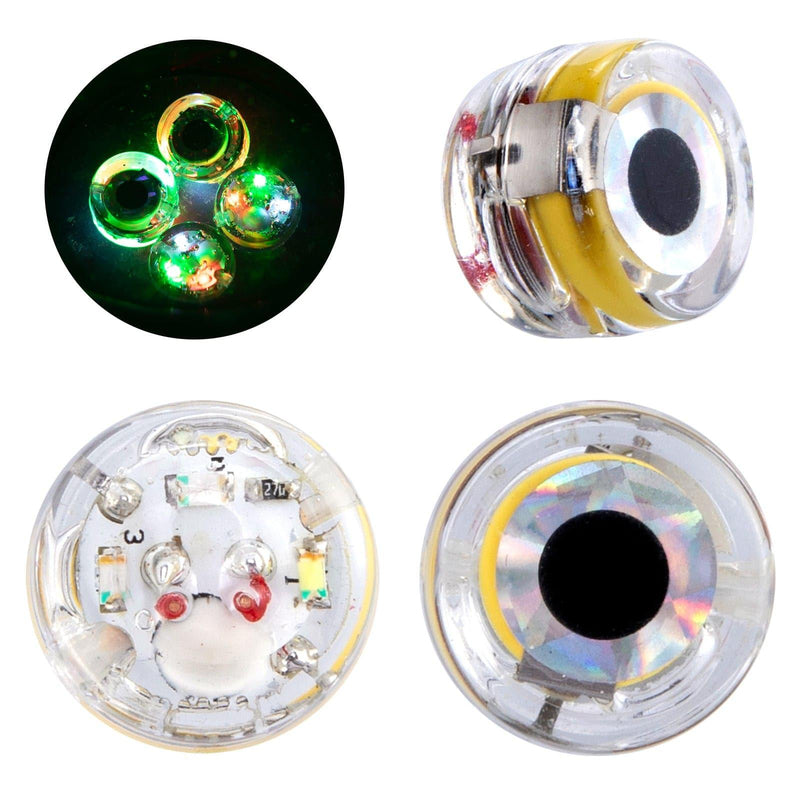
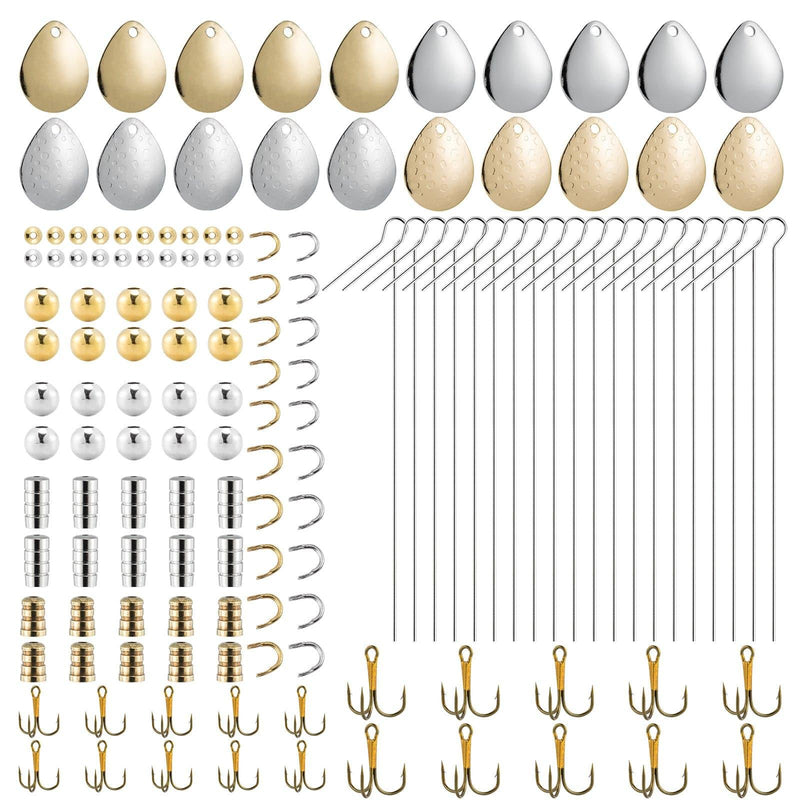
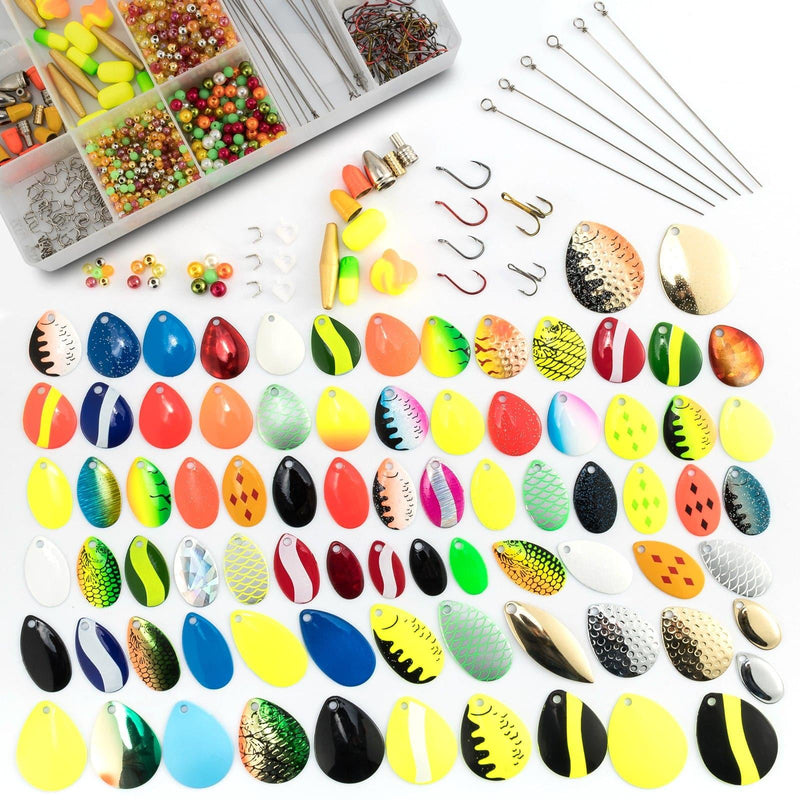
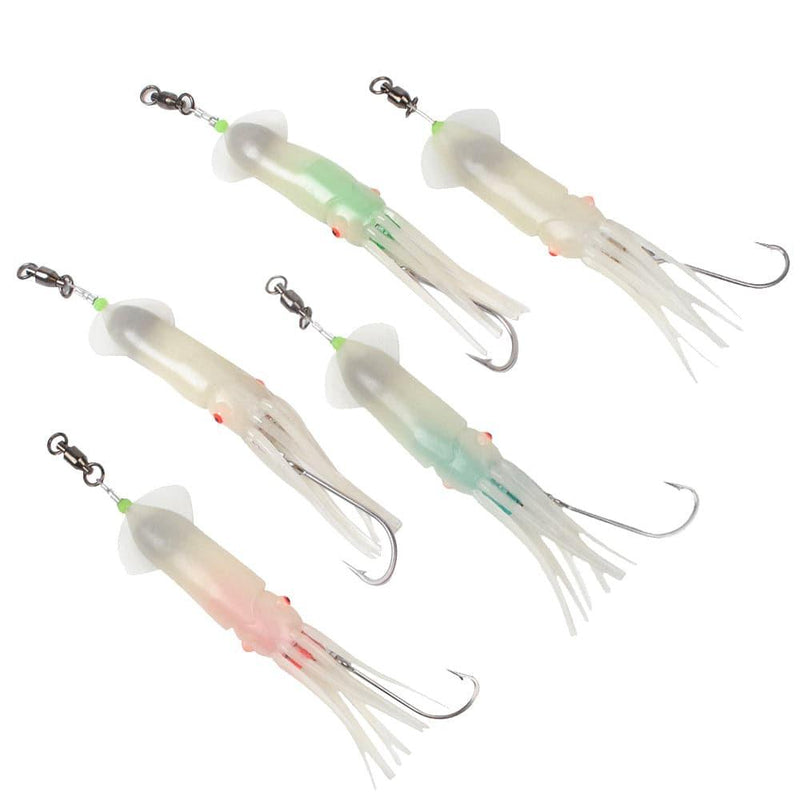
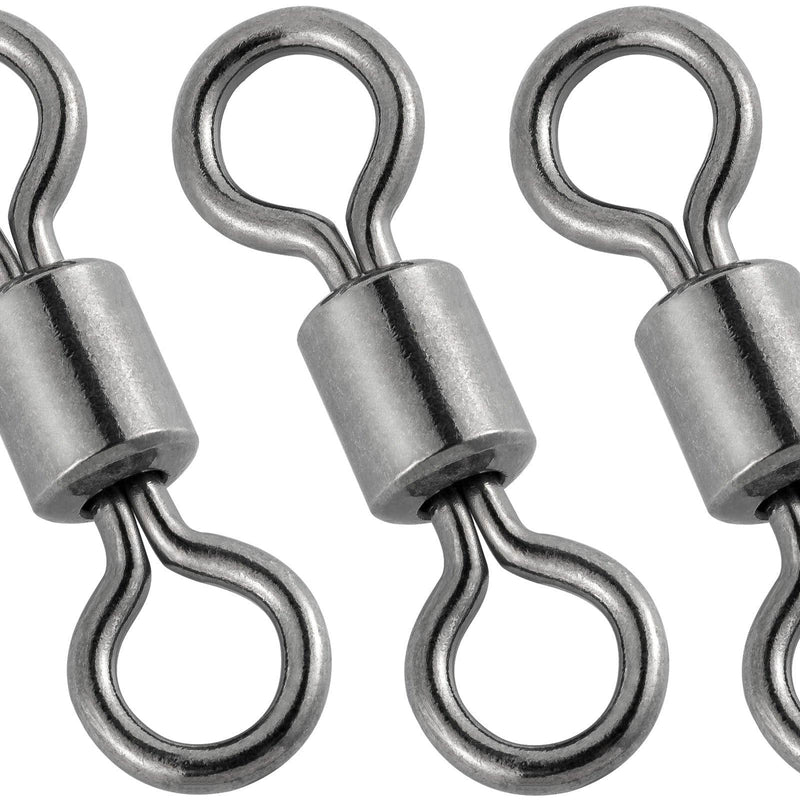
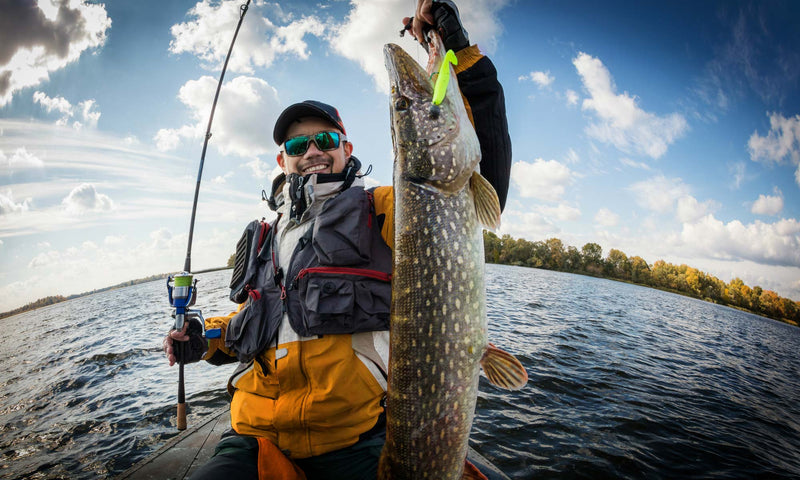
0 comments